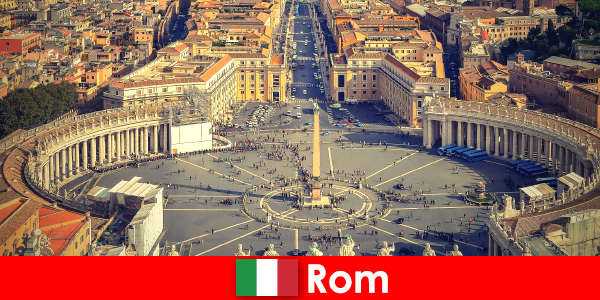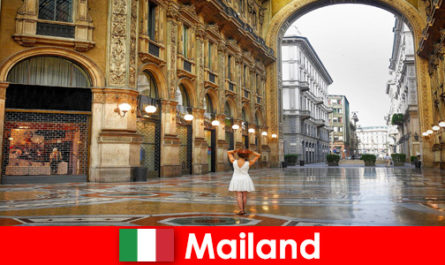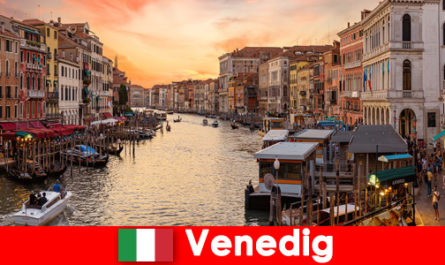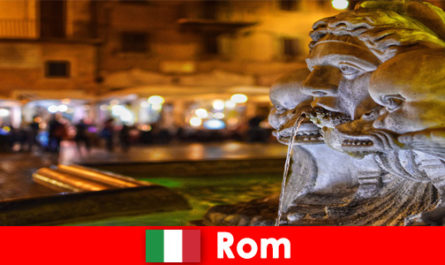The Italian capital is a fascinating travel destination that exudes a special charm in every season. In sunny, warm weather you will be able to enjoy as many interesting activities as on colder or rainy days. That’s why you shouldn’t plan a trip to the city depending on the time of year, but travel when it happens.
Experience the Italian capital in spring
The months from March to May are ideal for a trip to the Eternal City. Even in May, the daily maximum temperatures are still below 25 degrees, so you can explore the city on foot. However, you should be prepared for rain. In April and May, seven to eight rainy days can be expected and the rains in the city can be quite heavy. With the Easter festival, the main tourist season in the Italian capital begins and the city begins to fill with visitors. If you want to escape from the gray weather into an early spring start and at the same time avoid the high season, you should travel before Easter. Spring in Rome is also the time for numerous events, such as the city’s big birthday party on April 21, or the spectacular multimedia performances that take place in the Augustus Forum.
Enjoy Roman summer nights
Summers are hot in Italy and of course that also applies to the capital. By August the thermometer rises to more than 30 degrees and it rarely rains. But this season also has its own advantages. In the really hot weeks in August there are far fewer people in the city. Italy tourists and also the Romans prefer to spend their holidays by the sea, so that a peaceful calm returns, which is sorely missed in July and September. The summer nights are particularly romantic in the Eternal City. You can stroll through the city and refresh yourself in the numerous with a cool drink. The banks of the Tiber are the setting for the annual Lungo il Tevere Festival, which attracts many international visitors.

Autumn – a preferred travel time
The climate in Italy is mild and pleasant in autumn. October, with its warm temperatures between 20 and 25 degrees, is one of the most popular travel times for the city. There are still many hours of sunshine every day, but it can also rain. In autumn there are quite a few visitors in the city, often with bus tours. This can lead to a lot of hustle and bustle at many of the most famous sights and long queues. Autumn is ideal for long walks through the numerous parks, including Villa Borghese. The autumn landscape also invites you to a trip or two in the surrounding area. From a few places outside the city, with a clear autumn sky, you can take a wonderful view of Rome, which leaves an unforgettable impression.
Winter – travel time for individualists
In Italy too, winter is felt, if not as severely as it is here. Already at the end of November there is more precipitation and the daily maximum temperatures are between 10 and 15 degrees until February. At the same time, however, fewer visitors come to the city and you can enjoy life on the streets in a less hectic rhythm. The pre-Christmas season is an exception. Italians especially love to come to Rome on the weekends to do their Christmas shopping. This is understandable, because the city wraps itself in a very special Christmas atmosphere. Huge Christmas trees in front of the Colosseum and St. Peter’s Basilica invite you to marvel, streets and shops are festively decorated. The unique light of the winter blue sky bathes the whole city in a Christmas glow. In the cooler temperatures you can of course enjoy the hearty Roman cuisine particularly well. January and February are also interesting months for a visit to the city on the Tiber. Bargain hunters and history buffs will love the Befana festival, January 6, which is reminiscent of an old Italian tradition in which the witch Befana presents all children in search of the child Jesus. There is a historic parade and celebrations in Piazza Navona. On rainy days you can of course visit the numerous Roman museums that allow you to take a stroll through Italian history and art.
 Dansk
Dansk Deutsch
Deutsch Español
Español Français
Français Indonesia
Indonesia Italiano
Italiano Magyar
Magyar Melayu
Melayu Nederlands
Nederlands Polski
Polski Português
Português Русский
Русский Română
Română Tiếng Việt
Tiếng Việt Türkçe
Türkçe Українська
Українська български
български Ελληνικα
Ελληνικα 한국어
한국어 हिन्दी
हिन्दी 日本語
日本語 简体中文
简体中文




